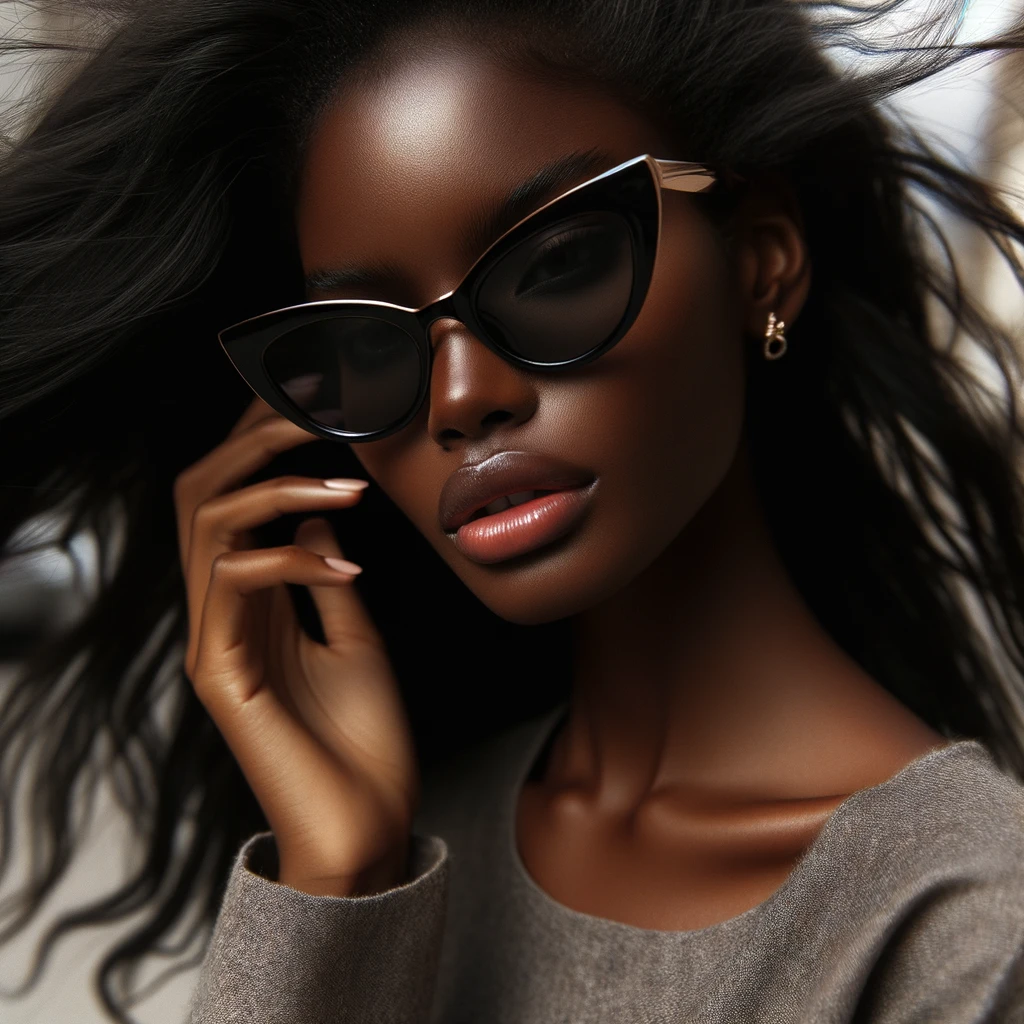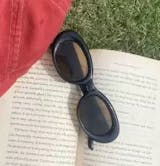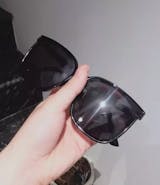Featured Products
Let customers speak for us
We started with a clear vision: to democratize luxury. To us, luxury isn't just about a brand name or a hefty price; it's about craftsmanship, timeless design, and most importantly, the confidence and joy it brings to the wearer. We believe everyone deserves to experience this, regardless of their budget.
Each pair is a testament to commitment: luxury is not about price, but about the experience, craftsmanship, and design.

FAQs
Explore renowned brands like Misaki, known for quality, style, and innovation.
Polarized lenses reduce glare by blocking horizontal light waves, enhancing visual clarity and comfort.
They can protect against UV radiation, reduce glare, and prevent eye strain, wrinkles, and damage.
Yes, those with UV-blocking lenses shield eyes from harmful UV rays, reducing the risk of eye diseases.
Consider your face shape (e.g., round, oval, square) and opt for frames that balance and complement your features.
High-quality eyewear offer superior optics, durability, and UV protection, justifying their higher price.
Current trends include oversized frames, colored lenses, and retro styles like aviators and cat-eyes.
Use a microfiber cloth and lens cleaner to gently remove smudges and debris, avoiding abrasive materials.
Yes, they can shield the delicate skin around the eyes from UV damage, reducing the risk of wrinkles.
Yes, sunglasses with prescription offer vision correction while providing UV protection and style.
Sunglasses have tinted or polarized lenses to block sunlight, while regular glasses correct your vision.
Look for a "P" or "Polarized" label, or test with a polarized light source to see if they reduce glare.
Yes, children's eyes are more sensitive to UV rays, so sunglasses are essential for eye protection.
Some brands offer recycling programs for old sunglasses, promoting sustainability and reducing waste.
Choose polarized lenses with anti-glare coatings to enhance visibility and reduce eye strain on the road.
Use anti-fog wipes or sprays, adjust the fit to improve airflow, or choose designs with ventilation features.
Yes, buoyant sunglasses made from lightweight materials like foam or certain plastics are available for water activities.
Titanium, polycarbonate, and TR-90 nylon are durable materials commonly used in high-quality eyewear.
UV-blocking eyewear can reduce the risk of cataracts by protecting the eyes from UV radiation.
Try DIY remedies like toothpaste or baking soda, or visit a professional for lens repair or replacement.
Yes, sports sunglasses offer features like impact resistance, wraparound designs, and polarized lenses for optimal performance.
Visit an optician for professional adjustments, or gently bend the frames to achieve a comfortable fit.
Yes, over-the-glasses (OTG) sunglasses are designed to fit comfortably over prescription eyewear.
In many cases, broken sunglasses can be repaired by replacing lenses, screws, or other components.
Look for polarized sunglasses with hydrophobic coatings and secure straps for water sports like surfing or kayaking.
Yes, there are designs with photochromic or blue-light-blocking lenses are ideal for people with sensitive eyes.
Clean them regularly with a microfiber cloth and avoid touching the lenses with fingers.
Yes, wearing sunglasses at night can impair vision by reducing light transmission, increasing the risk of accidents.
Choose lightweight, durable sunglasses with UV protection and secure, non-slip frames for outdoor activities.
Yes, eco-friendly designs made from sustainable materials like bamboo, recycled plastic, or wood are increasingly popular.
Test them in various lighting conditions and ensure they allow enough light transmission for safe driving.
Wearing sunglasses indoors for extended periods can cause eyestrain and may disrupt the body's natural circadian rhythm.
Wrap-around styles provide enhanced coverage and protection against peripheral light, wind, and debris.
Adjust the nose pads or temples for a snug fit, or choose styles with grippy nose pads or temple tips.
Yes, anti-reflective coatings reduce glare and reflections on sunglass lenses, improving visual clarity.
Prolonged use may lead to reduced natural protection against UV rays, but occasional wear is unlikely to cause harm.
Opt for goggles or sunglasses with polarized, UV-blocking lenses and anti-fog features for skiing or snowboarding.
Choose lightweight frames with adjustable nose pads and temples for a comfortable, headache-free fit.
Yes, migraine collections often feature precision-tinted lenses that filter out specific wavelengths of light to reduce migraine triggers.
Yes, blue light-blocking lenses can reduce eye strain and discomfort caused by prolonged screen time.
Explore trendy designs like oversized frames, colored lenses, and retro-inspired styles to elevate your fashion game.
Store them in a protective case or pouch when not in use, and avoid leaving them in hot or humid environments.
Yes, some designs feature interchangeable lenses or photochromic technology that adjusts tint based on lighting conditions.
Wrap-around sunglasses or designs with side shields can protect eyes from wind and debris, reducing dry eye symptoms.
Look for lightweight, snug-fitting sunglasses with non-slip features to stay comfortable and focused during outdoor activities.
Consider lens colors based on light conditions: gray for bright sunlight, amber for low light, and rose for variable conditions.
Yes, many brands offer prescription lenses for sunglasses, allowing you to enjoy clear vision and UV protection simultaneously.
Yes, those designs with tinted or polarized lenses can reduce discomfort and glare for individuals with photophobia.
Opt for sunglasses with polarized lenses, UV protection, and wraparound frames to shield eyes from sun, sand, and glare at the beach.




























































